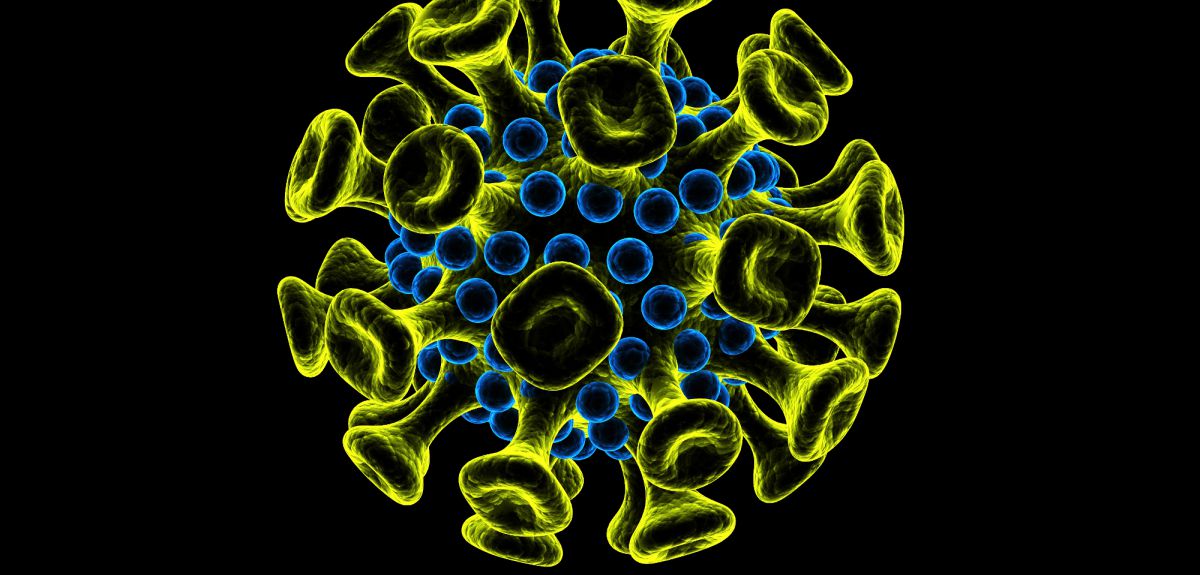HIV Hides No Longer

Complete the form below to unlock access to ALL audio articles.

While HIV is no longer the death sentence it once was, we are yet to defeat it entirely. However, a new study from Oxford University offers hope that HIV will eventually have nowhere to hide. Tom Calver spoke to Professor Lucy Dorrell about her work on clearing HIV from the body.
Completely curing HIV is difficult. The virus is able to hide in various places around the body, known as HIV reservoirs.
Anti-Retroviral Therapy (ART) stops viral replication but is not able to eliminate cells that harbour dormant HIV. So people can be treated successfully and become apparently free from the disease, but HIV bounces back if treatment is stopped and is able to keep re-seeding the reservoirs.
The final stage in defeating HIV is therefore to locate and destroy the lurking virus. If we can do that successfully, we may be able to cure HIV infections entirely.
Professor Lucy Dorrell and her team look at how we can do that. She explained: 'We are working with a leading UK biotechnology company based in Oxfordshire - Immunocore Ltd - to investigate the potency of novel engineered immune-mobilising T cell receptors-based drugs (ImmTAVs) – these are two-headed proteins that are designed to clear HIV-infected cells.'
In a recent paper published in the journal Molecular Therapy, Professor Dorrell and her team reported their findings on ImmTAVs.
HIV targets CD4+ T-cells, part of the immune system. If untreated, it is active HIV's destruction of these cells that leads to AIDS. But the virus can also enter some of the cells and remain dormant, so-called latent infection. If the dormant HIV is reactivated, the process of active infection begins again.
ImmTAVs are two-headed proteins. One end consists of a genetically engineered T cell receptor that is fine-tuned to detect HIV proteins in an infected cell, even when they are present at very low levels. The other end is an antibody that binds to CD3, which is present on the CD8+ T-cells that kill virus-infected cells. The ImmTAV can therefore recruit a large number of CD8+ T cells and re-direct them to purge the HIV-infected cells.
Professor Dorrell said: 'We used cells from HIV patients who had had successful ART. When we added ImmTAV we saw that their CD8+ T-cells killed the latently infected CD4+ T-cells more efficiently than the patients’ natural immune response. Furthermore, if we took CD8+ T-cells from healthy donors and added these alongside the ImmTAV, we saw an even stronger response (up to 85% of the infected cells were removed). This may be because, despite long-term ART, there is some degree of generalised malfunction in CD8+ T cells that has not been fully repaired. A test using only the donated CD8+ cells had no effect, confirming the essential role of the ImmTAV.'
Currently, researchers working on eradication of HIV are developing 'kick and kill' methods, where dormant HIV is reactivated and then a drug or vaccine is added in to eliminate the cells containing reactivated HIV. Having confirmed that ImmTAVs could be effective, the team combined them with the kick and kill approach in the lab.
Professor Dorrell said: 'We used latency-reversing agents, which wake up the HIV. Once we confirmed that the HIV was active again, we added ImmTAV. In four out of five cases, the process of reinfection was stopped completely.'
So are we close to a complete cure for HIV?
Professor Dorrell concluded: 'There is still work to do. This research was carried out in the lab but an effective cure has to take place in the patient. We need to prove that the effects we have seen can be replicated in people.
'ImmTAVs are likely to be one part of an HIV eradication strategy, rather than a complete cure. That strategy could comprise existing anti-retrovirals, ImmTAV and agents that address the weaknesses in HIV patients’ CD8+ T-cells. However, these positive results are cause for optimism.'

